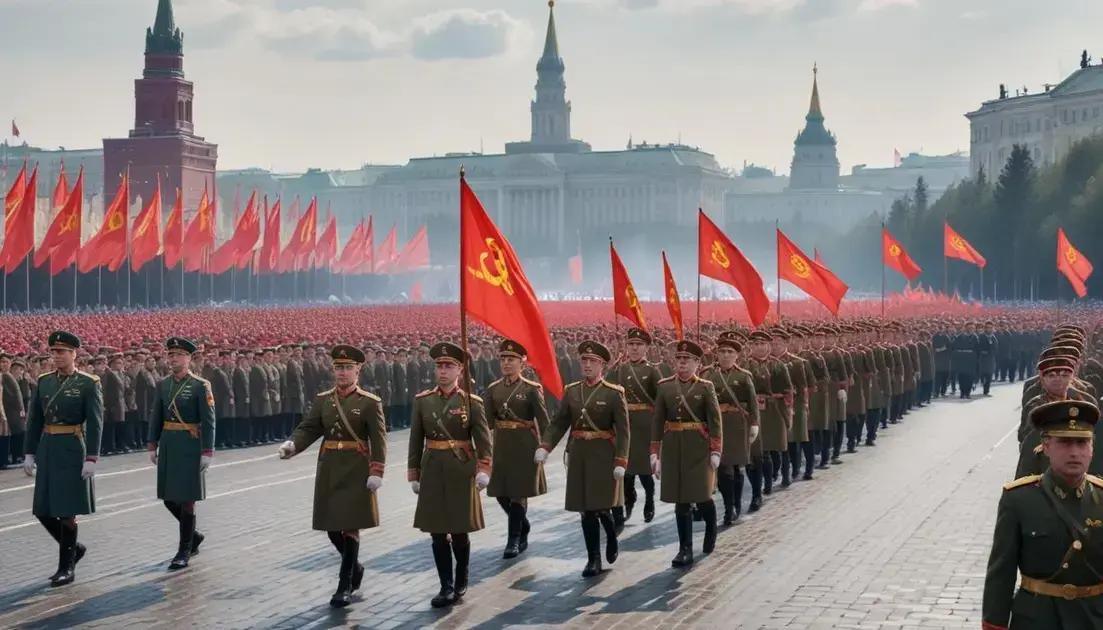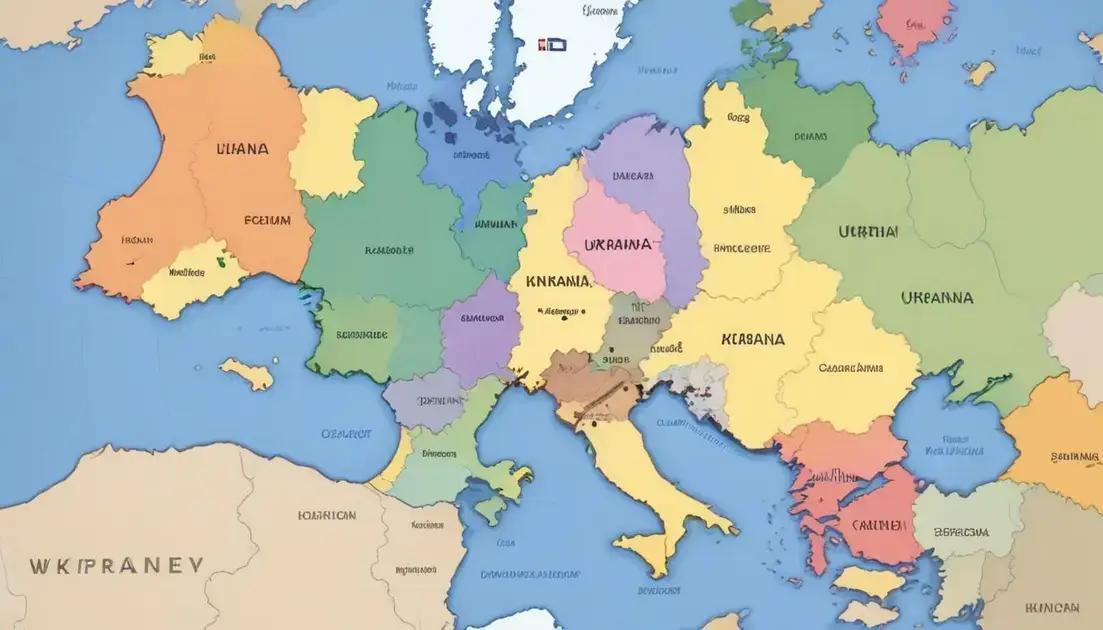
The Return of Soviet Pride in Modern Russia
The renewed interest in Soviet Pride in modern Russia reflects a complex mix of nostalgia and historical influence. Under Putin’s leadership, Soviet memories are celebrated, fostering national identity and unity. This shift impacts Russian nationalism as younger generations engage with their history, creating diverse perspectives. While some embrace the past, others critique its darker aspects, making the discussion around Soviet loyalty important for understanding Russia’s future.
As Soviet Pride rises amid a wave of nostalgia, it’s fascinating to see how this sentiment shapes modern Russia. What does this mean for the future?
Introduction to Soviet Pride
The term Soviet Pride refers to the feelings of nostalgia and honor many Russians have for the Soviet Union. This sentiment has grown in recent years, especially among older generations. Memories of achievements in space, sports, and military power often fuel this sense of pride.
During Soviet times, Russia made significant advancements. The launch of the first satellite, Sputnik, showed the world its technological power. These accomplishments are celebrated in schools and museums today.
Recent events have revived this pride. Government initiatives often highlight the strengths of the Soviet era. Parades and public displays showcase historical achievements and bring people together.
For some, this nostalgia can feel comforting. It connects them to their roots and history. However, it can also spark debates about the past and its implications for the future.
Understanding Soviet Pride helps us grasp current Russian identity. It shapes how people view their country, culture, and history.
Unpacking Soviet Nostalgia
Unpacking Soviet Nostalgia means exploring why many people miss the Soviet era. For some, it brings back warm memories of simpler times. There were moments of pride, like winning Olympic medals or achievements in space.
During the Soviet period, everyone had a job, and education was free. Many people feel nostalgic about these aspects. They remember community events and strong bonds formed with neighbors. Such memories create a sense of belonging.
In recent years, nostalgia has become popular in Russia. Movies, music, and even fashion reflect this interest. Some artists use Soviet symbols, making them trendy again.
However, not everyone shares these feelings. Some remember the struggles and hardships of that time. It is important to recognize both sides of this issue.
Nostalgia can unify people, but it can also lead to conflict. Different generations view the past differently. Understanding these feelings helps us see how they affect current society.
Impact on Russian Nationalism
The impact on Russian nationalism is significant as Soviet pride rises. Many people see the Soviet past as a source of strength. It shapes how they feel about their country today.
Nationalism in Russia often focuses on unity and pride. The government promotes a narrative that celebrates Soviet achievements. This helps create a strong national identity.
In schools, students learn about the Soviet Union’s successes. This education fosters a sense of pride in their heritage. Public events and holidays celebrate Soviet history, bringing people together.
Many see the Soviet period as a time of power and respect. They remember moments like the space race and victories in sports. Such memories contribute to a feeling of greatness.
However, this emphasis on the past can cause tension. Some people oppose the glorification of the Soviet era. They remember the hardships and struggles faced during that time. Balancing these views is important for a healthy national discussion.
Putin’s Influence on Soviet Memories
Putin’s influence on Soviet memories plays a key role in shaping modern Russian identity. He often emphasizes the importance of the Soviet era during his speeches. This focus helps rally people around a shared history.
Putin paints the Soviet Union as a time of strength and unity. He uses this narrative to boost national pride. Many citizens feel nostalgic when they hear such messages. It connects them to their past and to each other.
Government programs showcase Soviet achievements. These programs aim to remind people of past victories in war and space. Celebrating these moments strengthens feelings of patriotism.
Under Putin’s leadership, history is often presented in a positive light. This approach can sometimes overlook the darker aspects of the Soviet past. While many embrace the pride, others criticize this viewpoint.
Understanding Putin’s influence helps explain current societal attitudes. Many Russians see their identity tied to Soviet memories. This connection shapes their views on politics and culture.
The Future of Soviet Loyalty
The future of Soviet loyalty is evolving as younger generations shape modern Russia. While some people hold onto their Soviet roots, others look forward with different views. This mix creates a unique landscape in Russian society.
Younger Russians often see the Soviet Union through a historical lens. They learn about it in school, but they didn’t live through it. Their feelings about the Soviet era can be mixed.
Social media plays a big role in shaping opinions. Many young people share their thoughts online. Some embrace Soviet symbols while others criticize them. This exchange of ideas impacts loyalty to Soviet ideals.
As Russia faces global challenges, loyalty changes too. Some view Soviet pride as a way to unite during tough times. Others see it as outdated and irrelevant.
The future will depend on how well these different views blend. Discussions around Soviet history will likely continue to influence Russian identity. Understanding this complex relationship is key to grasping the nation’s direction.
Conclusion
In conclusion, the rise of Soviet Pride in modern Russia shows how history shapes identity. People reflect on past achievements while building their future. This mix of nostalgia and new ideas creates a unique cultural landscape.
Understanding this blend helps us see today’s Russia better. As younger generations explore their roots, they form new connections with the past. The discussions about Soviet loyalty will continue to influence how Russians see themselves and their country.
Ultimately, the balance between honoring history and moving forward will define the future of Russian nationalism. Embracing this complexity is important as we watch how the nation evolves.


